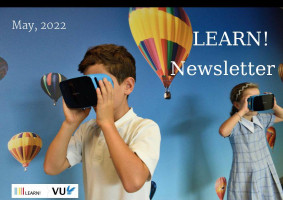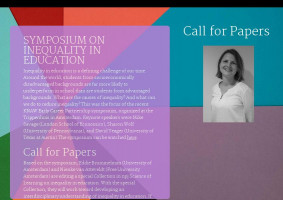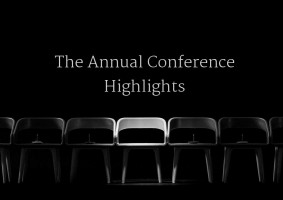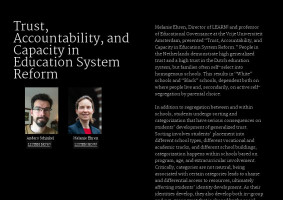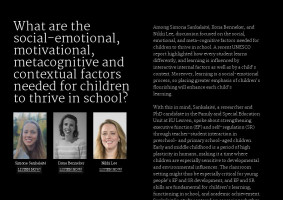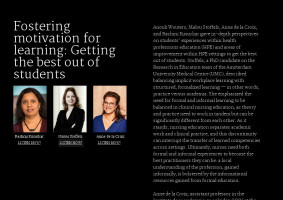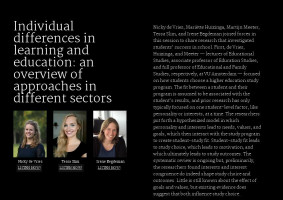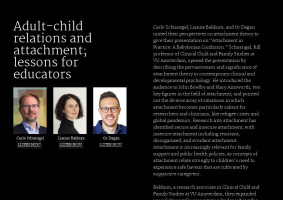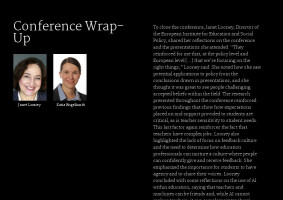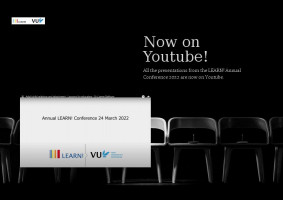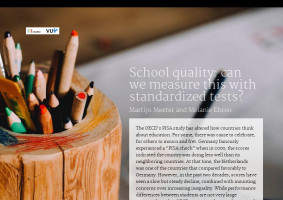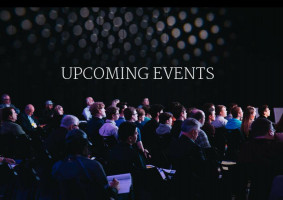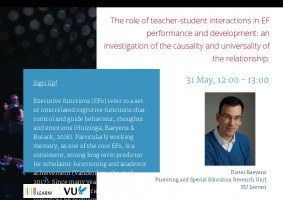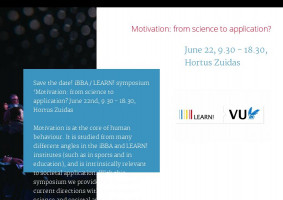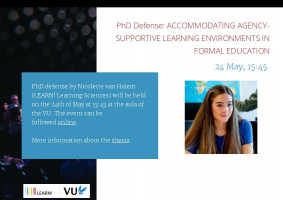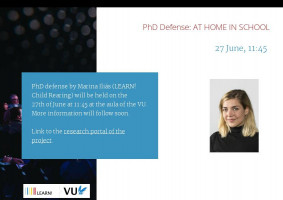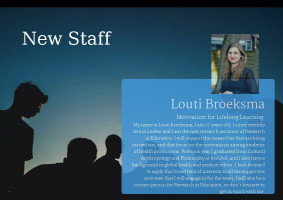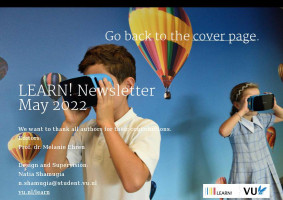Anouk Wouters, Malou Stoffels, Anne de la Croix, and Rashmi Kusurkar gave in-depth perspectives on students’ experiences within health professions education (HPE) and areas of improvement within HPE settings to get the best out of students. Stoffels, a PhD candidate on the Research in Education team of the Amsterdam University Medical Centre (UMC), described balancing implicit workplace learning with structured, formalized learning — in other words, practice versus academia. She emphasized the need for formal and informal learning to be balanced in clinical nursing education, as theory and practice need to work in tandem but can be significantly different from each other. As it stands, nursing education separates academic work and clinical practice, and this discontinuity can interrupt the transfer of learned competencies across settings. Ultimately, nurses need both formal and informal experiences to become the best practitioners they can be: a local understanding of the profession, gained informally, is bolstered by the informational resources gained from formal education.
Anne de la Croix, assistant professor in the Institute door onderwijs en opleiden (IOO) at the Amsterdam UMC, shared ways to make reflection meaningful again for HPE students. She highlighted how reflection has been operationalized in order to be graded by professors and supervisors, which has led to students becoming “reflection zombies:” people who show traits of reflection outwardly but who have not actually gone through the reflection process. One student quoted by de la Croix said that “They like it if you say you cried,” further emphasizing the checklist-like nature of current reflection efforts in HPE. To fight the zombification of students, de la Croix advocated for more meaningful reflection experiences, including removing the assessment of students’ reflection processes, using the arts and humanities to provide more diverse approaches to reflection, and further researching the process of reflection to better understand why and how students might reflect on their learning experiences.
Then, Kusurkar, associate professor of the IOO and member of the Diversity and Inclusion Steering Committee at the Amsterdam UMC, presented on the effects of assessments on student motivation in HPE. Her review examined assessment in the context of both autonomous motivation, or when someone does something out of genuine interest or self-designated importance, and controlled motivation, or when someone does something because of pressure or a fear of punishment. Kusurkar presented a comprehensive overview of her findings to the audience, sharing how assessment features can stimulate both autonomous and controlled motivation in students and describing how assessments can be engineered to generate more autonomous motivation and learning — for example, through encouraging student autonomy and replacing number grades with a pass/fail system. She shared the poignant experience of putting pressure on her own son and only realizing when he expressed his feelings that she had unintentionally contributed to fostering controlled motivation in his learning experiences.
The post-presentation discussion opened the floor for attendees to share their experiences. Everyone reflected on the reality that some students want to pursue medical studies because they focus on the selection process for the course, but those students later realize what they want to accomplish does not align with a healthcare profession. The session concluded with a mutual agreement that students entering higher education should be encouraged to find their best fit based on their ambitions after the study program itself.
(3)(1)_w200_h280_1.jpg)
_w200_h280_1.jpg)
Listen now!
_w200_h280_1.jpg)
Listen now!
LISTEN NOW!
